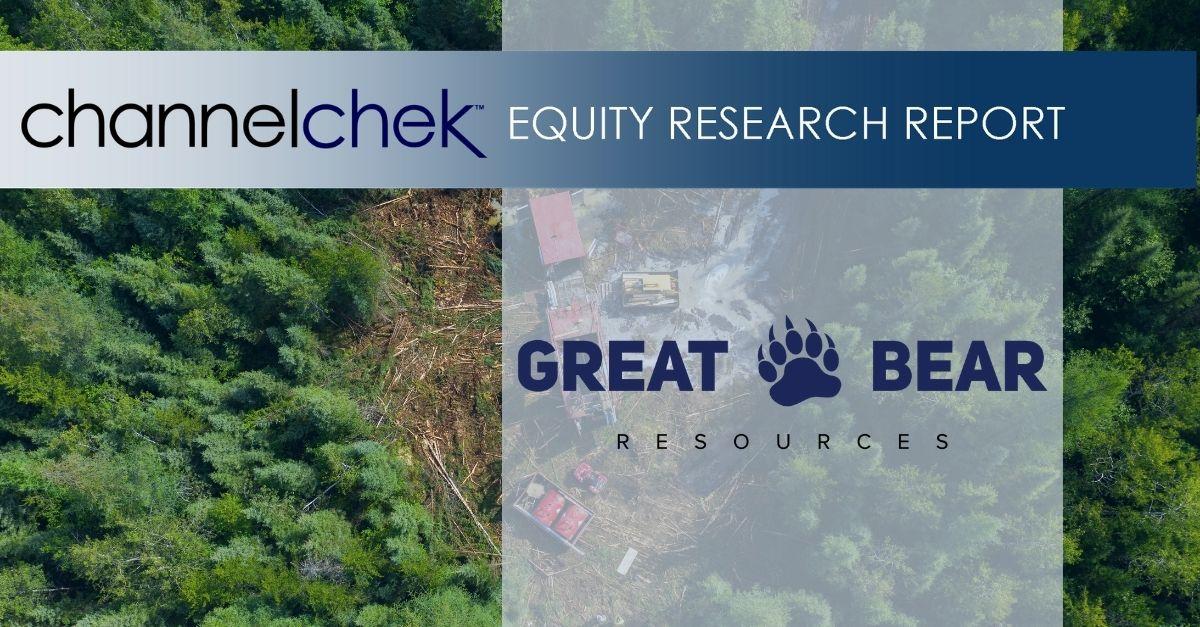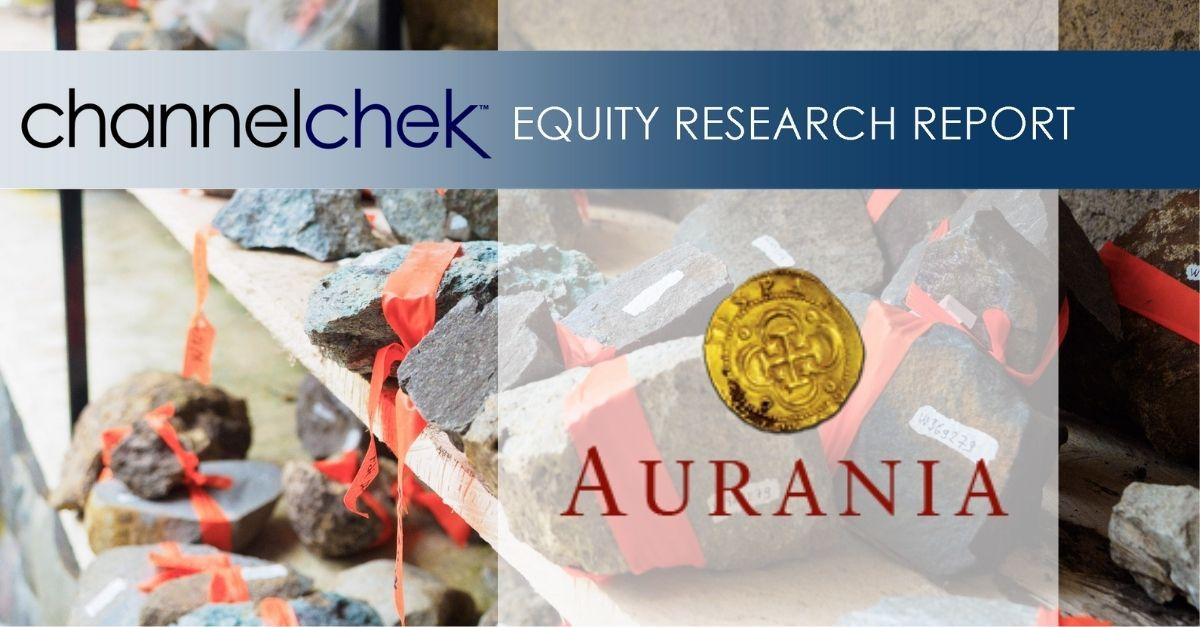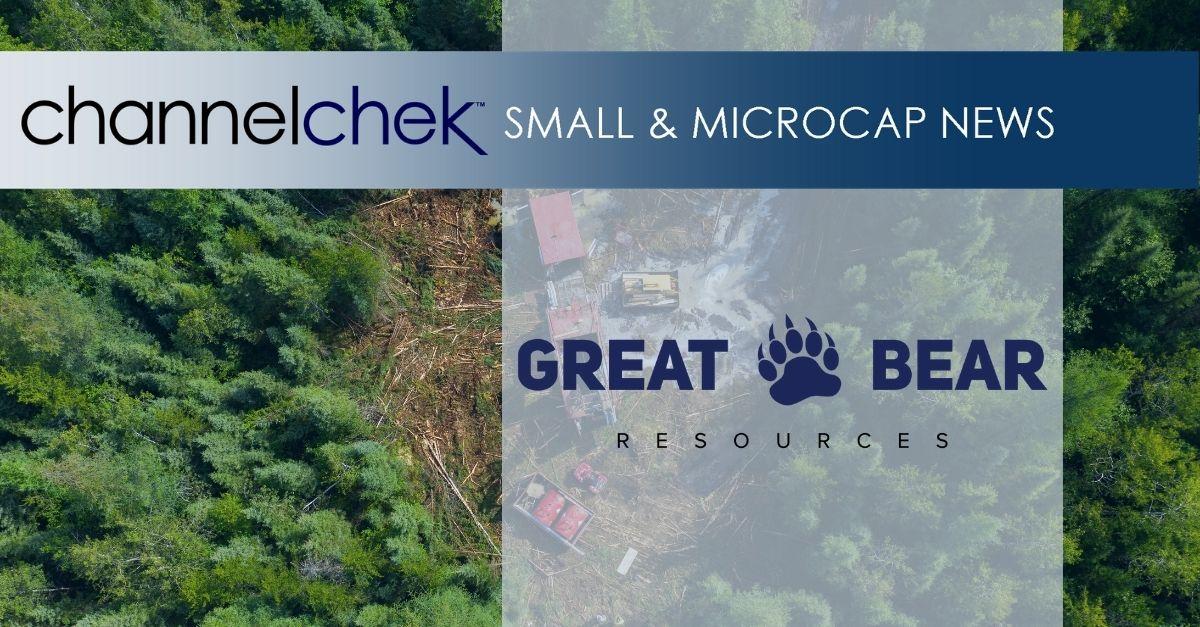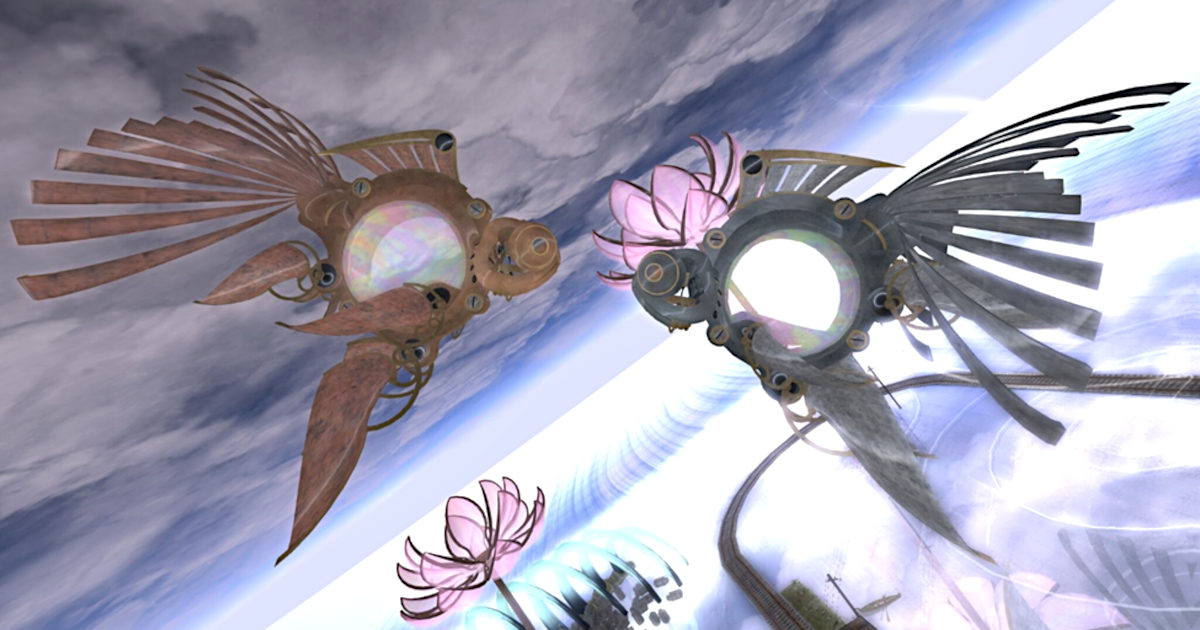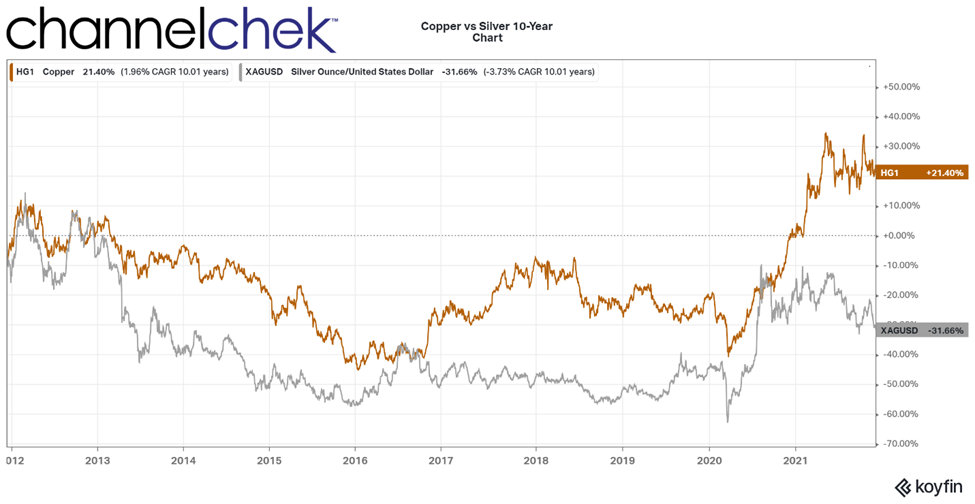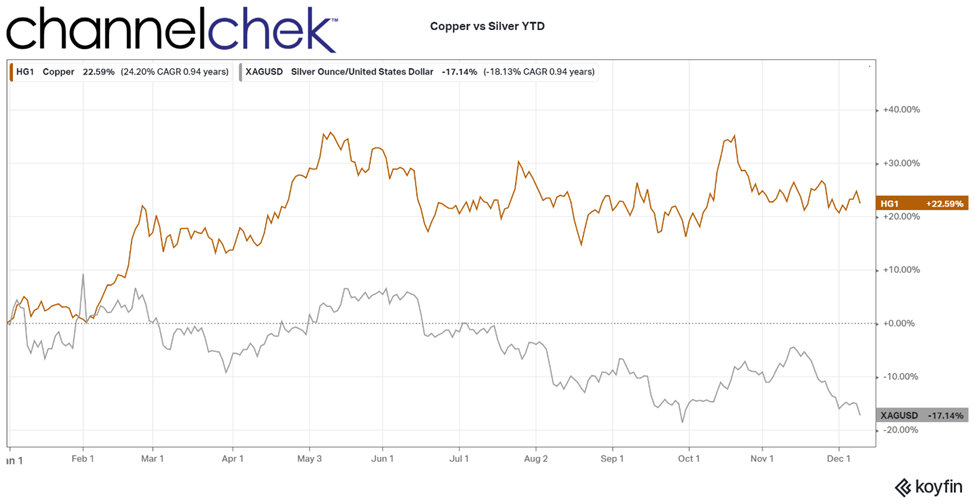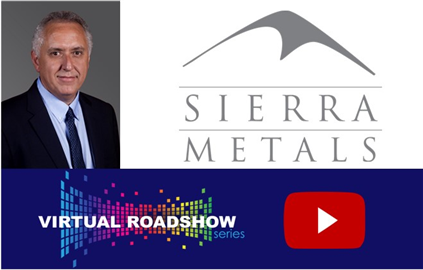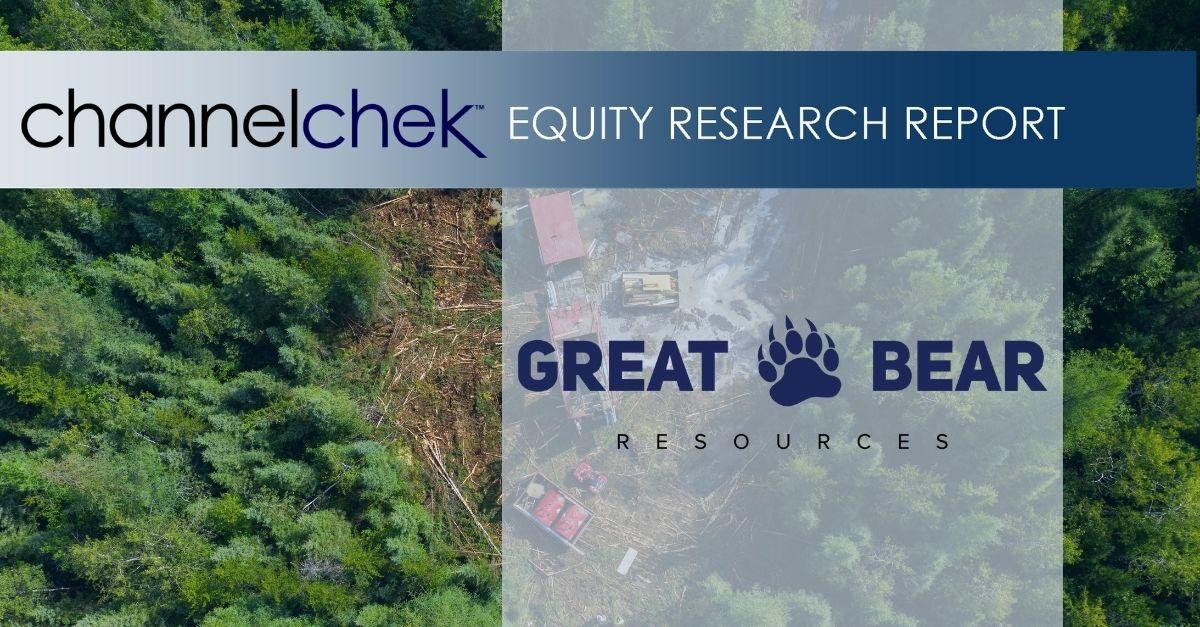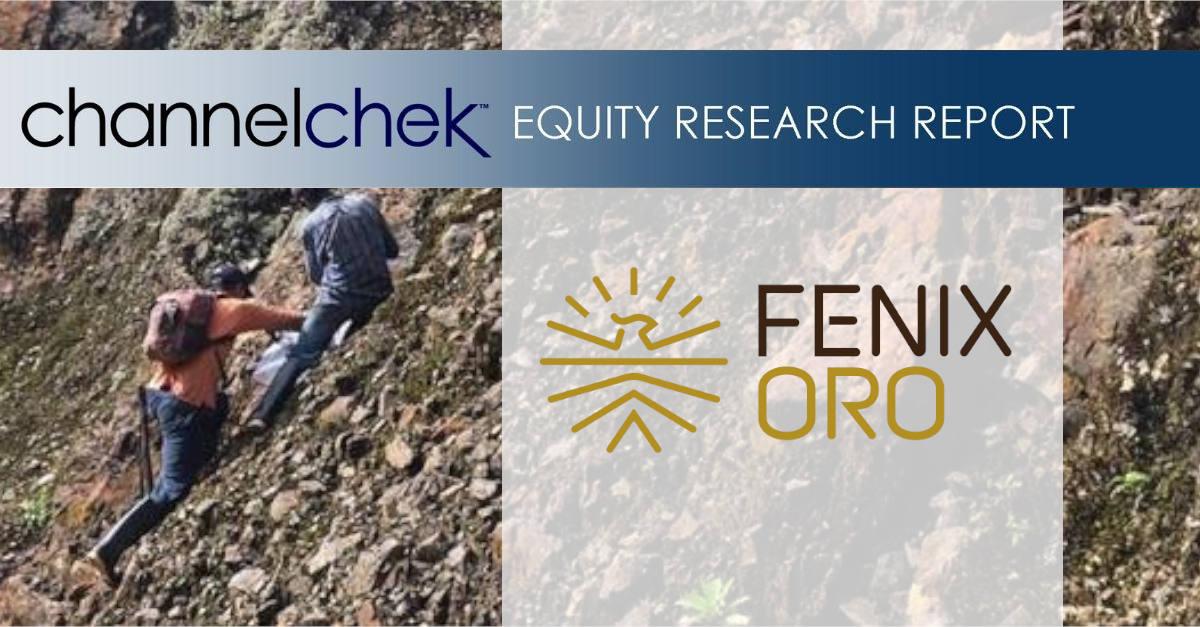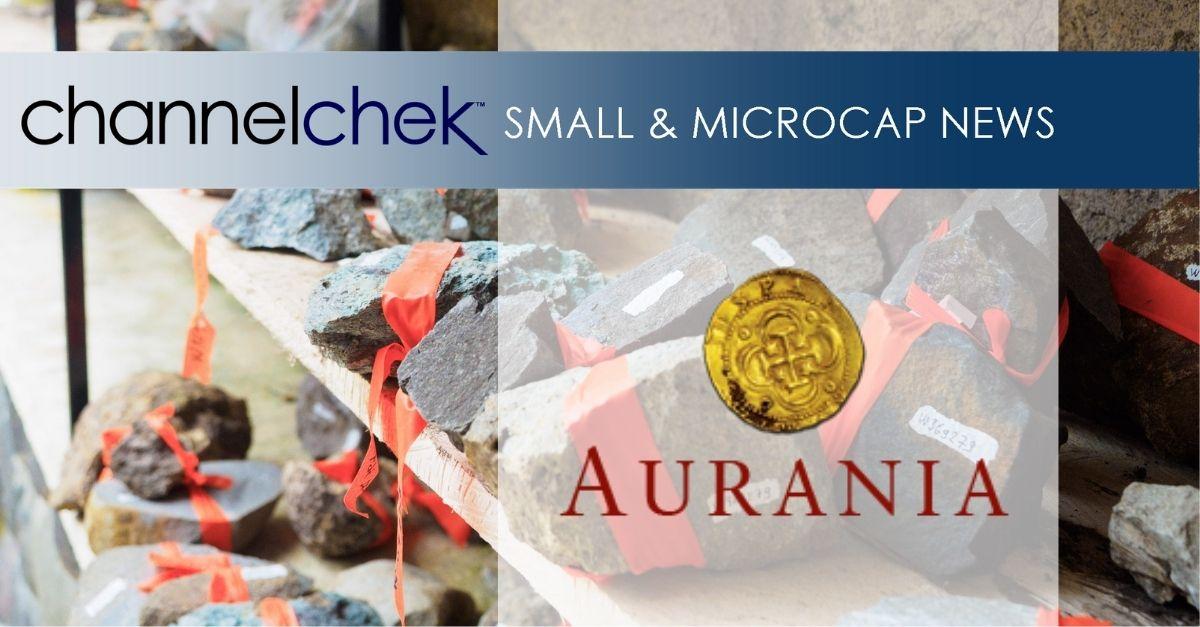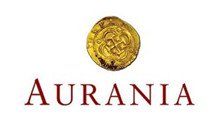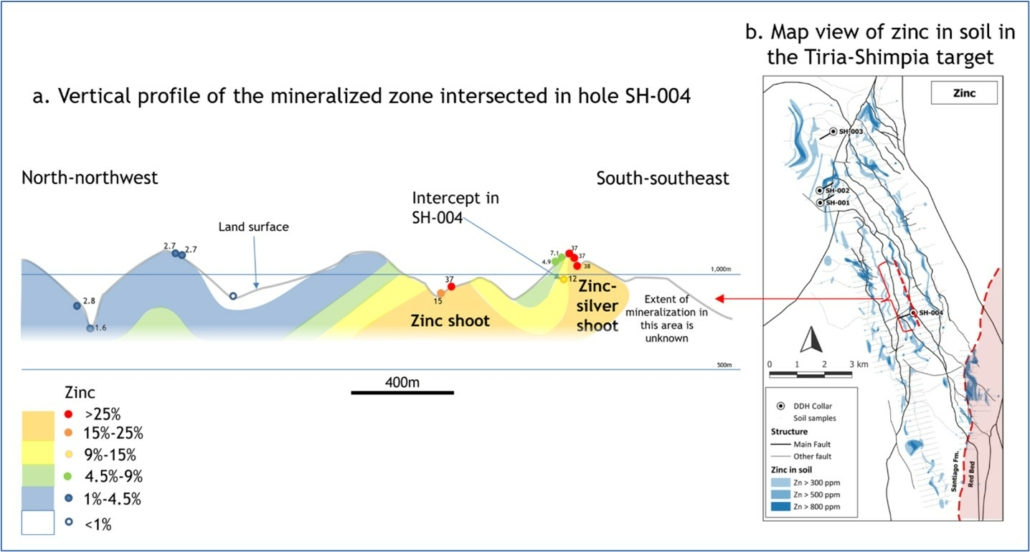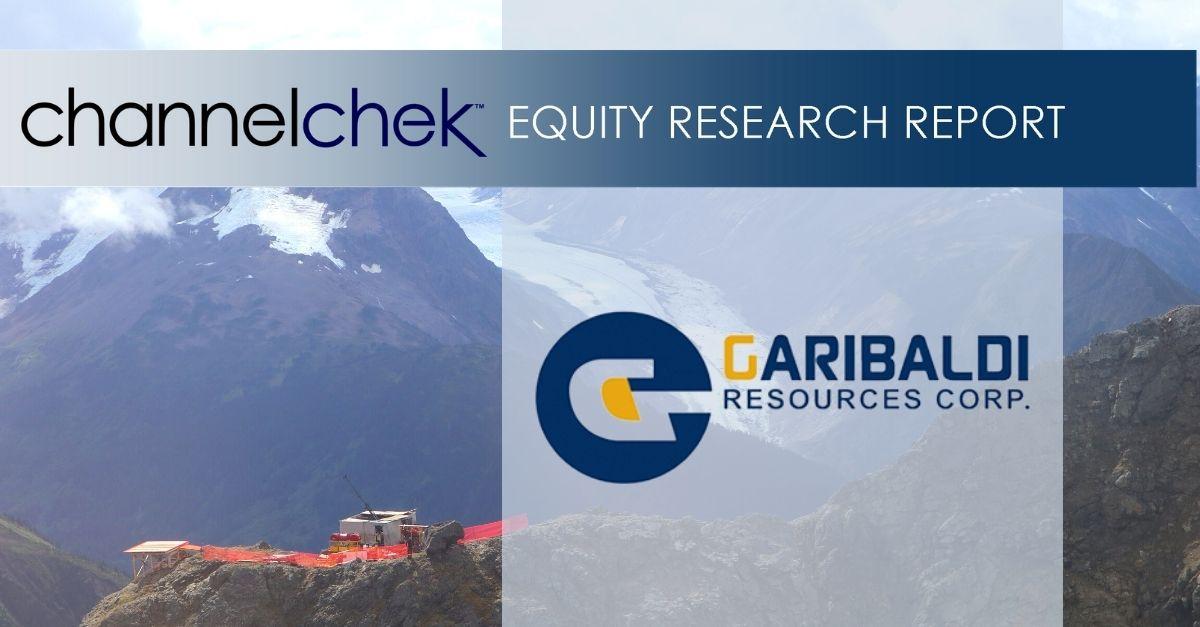
Kinross to Acquire Great Bear for C$29.00 per Share, Plus a Contingent Value Right
- Significant premium of 40% to Great Bear’s 20-day VWAP on the TSX-V for Great Bear shareholders
- Option to select cash or Kinross common shares as consideration, subject to pro-ration
- Opportunity for continued economic participation in the future potential of the Dixie project while gaining exposure to Kinross’ diverse portfolio of high-quality operating mines, sector-leading production growth and free cash flow generation in a robust gold price environment
- Kinross has the technical, development, operating and financial capabilities to advance Dixie as a top growth priority building on and further enhancing its top tier potential
- Unanimously recommended by Great Bear’s Board of Directors
- Kinross is committed to the highest standards of ESG and will be a responsible steward for all Dixie stakeholders, continuing the long-term partnership with Wabauskang and Lac Seul First Nations
- Investor conference call at 5:00 a.m. PST (8:00 a.m. EST) on Thursday, December 9, 2021
December 8, 2021 – Vancouver, British Columbia, Canada – Great Bear Resources Ltd. (the “Company” or “Great Bear”, TSX-V: GBR; OTCQX: GTBAF) today announced that it has entered into a binding agreement (the “Arrangement Agreement”) with Kinross Gold Corporation (“Kinross”, TSX: K; NYSE: KGC) under which Kinross has agreed to acquire all of the outstanding common shares of Great Bear (the “Transaction”).
Under the terms of the Transaction, Great Bear shareholders will receive upfront consideration of approximately C$1.8 billion, representing C$29.00 per Great Bear common share on a fully diluted basis. Great Bear shareholders will be able to elect to receive the upfront consideration as either (i) C$29.00 in cash or (ii) 3.8564 Kinross shares per Great Bear share, both subject to proration. The upfront consideration will be subject to maximum aggregate cash consideration of approximately C$1.4 billion (representing 75% of the upfront consideration) or maximum aggregate shares issuable of 95.8 million¹ (representing 40% of the upfront consideration), depending on the election of Great Bear shareholders. Great Bear shareholders who do not elect cash or Kinross shares will be deemed to have elected to receive cash, subject to pro-ration. The Transaction Price represents a premium of 31% and 40% to the closing price and the volume weighted average price (“VWAP”), respectively, of Great Bear’s shares on the TSX-V for the 20 day period ending December 7, 2021.
Great Bear shareholders will also receive contingent consideration in the form of contingent value rights (“CVRs”) providing for further potential consideration equal to 0.1330 of a Kinross share per Great Bear common share which represents approximately C$58.2 million in aggregate consideration, or C$1.00 per Great Bear common share, on a partially diluted² basis (based upon the closing price of a Kinross share on the TSX as at December 7, 2021). The contingent consideration will be payable in connection with Kinross’ public announcement of commercial production at the Dixie project, provided that at least 8.5 million gold ounces of measured and indicated mineral resources have been disclosed.
On closing, the Transaction is expected to result in Great Bear shareholders owning approximately 7% of Kinross, on a fully diluted basis, assuming full take-up of the share consideration. Upon satisfaction of the payment conditions under the terms of the CVRs, Great Bear shareholders would own approximately 8% of Kinross, on a fully diluted basis (based upon the number of Kinross shares outstanding following completion of the Transaction).
Chris Taylor, President and CEO of Great Bear said: “The acquisition of Great Bear by Kinross is an outstanding opportunity for our shareholders, partners at Wabauskang and Lac Seul First Nations, and the local communities of Northern Ontario.
“The Transaction delivers a compelling premium for Great Bear’s shareholders, reflecting the top tier nature of the Dixie project, while offering beneficial exposure as Kinross shareholders to a high-quality operating portfolio and growing production base. Kinross’ Canadian identity and headquarters in Ontario will facilitate close ties between the Company and the Dixie project’s local communities, which will help to maximize benefits to the area, including employment and training.
“As a senior gold producer, Kinross has the financial strength, technical expertise, and commitment to the highest ESG practices to advance the Dixie project at the pace and scale that this industry-leading discovery deserves. Dixie will remain a centrepiece project that will receive significant development and exploration focus, which will continue to unlock and maximize the project’s value, while mitigating our shareholders’ exposure to the risks of a single-asset developer.”
J. Paul Rollinson, President and CEO of Kinross Gold said: “The Dixie project represents an exciting opportunity to develop a potentially top tier deposit into a large, long-life mine complex. In addition to the prospect of developing a quality, high-grade open pit mine, we also believe that a significant portion of the asset’s value is its longer-term potential, which includes the view of a sizeable underground operation.
“Kinross has the strong technical expertise and experience to successfully advance the project from exploration to development and unlock considerable value for our shareholders. Our extensive due diligence reinforced the scarcity of an asset of this quality and value. The Dixie project has multiple high-potential mineralized zones which remain open along strike and at depth, and we are confident that the asset has strong untapped upside with numerous avenues for growth.
“We are pleased to achieve our goal of adding a high-quality asset in our home jurisdiction that further bolsters our global portfolio and can potentially provide long-term tax benefits. The Dixie project is ideally located in the renowned Red Lake mining district in Northern Ontario near established infrastructure and in a province with a low-carbon energy grid. We look forward to building strong relationships with the Wabauskang and Lac Seul First Nations and will work with them to ensure that the project delivers sustainable benefits to their communities and respects their way of life.”
¹ Aggregate maximum total share consideration includes 15.0 million Kinross Options that will be exchanged for 3.9 million Great Bear Options
² Inclusive of 0.3 million Great Bear Restricted Stock Units and Deferred Share Units
Details of the Transaction
The Transaction, which is not subject to a financing condition, will be implemented by way of a court-approved plan of arrangement under the Business Corporations Act (British Columbia) and will require the approval of: (i) 66 2/3% of the votes cast by the holders of Great Bear’s common shares; (ii) 66 2/3% of the votes cast by holders of Great Bear common shares, restricted share units, deferred share units and options, voting together as a single class, and; (iii) “minority approval” in accordance with Multilateral Instrument 61-101, at a special meeting of Great Bear security holders to be held to consider the Transaction (the “Special Meeting”). In addition to approval by Great Bear security holders, the Transaction is also subject to the receipt of court approval, regulatory approvals including competition clearances in Canada, and other customary closing conditions for transactions of this nature. The Transaction is expected to be completed in the first quarter of 2022.
The Arrangement Agreement provides for customary deal-protection provisions, including a non-solicitation covenant on the part of Great Bear and a right for Kinross to match any Superior Proposal (as defined in the Arrangement Agreement). The Arrangement Agreement includes a termination fee of C$85 million, payable by Great Bear, under certain circumstances (including if the Arrangement Agreement is terminated in connection with Great Bear pursuing a Superior Proposal). The directors and senior officers of Great Bear, in addition to certain securityholders, owning in aggregate approximately 20.04% of Great Bear’s voting securities have entered into voting support agreements pursuant to which they have agreed to vote all the securities they own or control in favour of the Transaction.
Great Bear Board of Directors and Special Committee Recommendations
A special committee comprised entirely of independent directors of Great Bear (the “Special Committee”) unanimously recommended the Transaction to the board of directors of Great Bear (the “Great Bear Board”). The Great Bear Board has evaluated the Arrangement Agreement with the Company’s management and legal and financial advisors and, following the receipt and review of a unanimous recommendation from the Special Committee, the Great Bear Board has unanimously approved the Arrangement and determined that the Arrangement is in the best interest of the Company, and the Great Bear Board has resolved to recommend that the Company’s shareholders vote in favour of the Transaction, all subject to the terms and conditions contained in the Arrangement Agreement.
GenCap Mining Advisory Ltd. and CIBC World Markets Inc. have provided opinions to the Great Bear Board and BMO Capital Markets has provided an opinion to the Special Committee and Board, stating that, as of the date of such opinions and based upon and subject to various assumptions, limitations and qualifications therein, the consideration to be received by the Great Bear shareholders pursuant to the Arrangement Agreement is fair, from a financial point of view, to such holders.
Further details regarding the terms of the Transaction are set out in the Arrangement Agreement, which will be publicly filed by Great Bear under its profile at www.sedar.com. Additional information regarding the terms of the Arrangement Agreement, the background to the Transaction, the rationale for the recommendations made by the Special Committee and the Great Bear Board and how Great Bear shareholders can participate in and vote at the Special Meeting to be held to consider the Transaction will be provided in the management information circular for the Special Meeting which will be mailed to shareholders and also filed at www.sedar.com. Shareholders are urged to read these and other relevant materials when they become available.
Advisors and Counsel
CIBC World Markets Inc. and GenCap Mining Advisory Ltd. are acting as co-advisors to Great Bear, and Blake, Cassels & Graydon LLP is acting as Great Bear’s legal counsel. BMO Capital Markets is acting as financial advisor to the Special Committee. Cormark Securities Inc. provided capital markets advice to Great Bear.
Webcast and Conference Call
Great Bear and Kinross will host an investor conference call and webcast to discuss the Transaction on Thursday, December 9, 2021 at 5:00 a.m. PST (8:00 a.m. EST), followed by a question-and-answer session. To access the call, please dial:
Canada & US toll-free – (833) 968-2237; Passcode: 8144017
Outside of Canada & US – (825) 312-2059; Passcode: 8144017
Replay (available up to 14 days after the call):
Canada & US toll-free – (800) 585-8367; Passcode: 8144017
Outside of Canada & US – (416) 621-4642; Passcode: 8144017
About Great Bear
Great Bear Resources Ltd. is a Vancouver-based gold exploration company focused on advancing its 100% owned Dixie project in Northwestern Ontario, Canada. A significant exploration drill program is currently underway to define the mineralization within a large-scale, high-grade disseminated gold discovery made in 2019, the LP Fault. Additional exploration drilling is also in progress to expand and infill nearby high-grade gold zones, as well as to test new regional targets.
Great Bear is a committed partner to all stakeholders, with a long-term vision of sustainable exploration to advance the Dixie project in a manner that demonstrates good stewardship of land, operational excellence and accountability.
About Kinross
Kinross is a Canadian-based senior gold mining company with mines and projects in the United States, Brazil, Russia, Mauritania, Chile and Ghana. Kinross’ focus is on delivering value based on the core principles of operational excellence, balance sheet strength, disciplined growth and responsible mining. Kinross maintains listings on the Toronto Stock Exchange (symbol: K) and the New York Stock Exchange (symbol: KGC).
Investor Contact
Cautionary note regarding forward-looking statements
This release contains certain “forward looking statements” and certain “forward-looking information” as defined under applicable Canadian and U.S. securities laws. Forward-looking statements and information can generally be identified by the use of forward-looking terminology such as “may”, “will”, “should”, “expect”, “intend”, “estimate”, “anticipate”, “believe”, “continue”, “plans” or similar terminology. The forward-looking information contained herein is provided for the purpose of assisting readers in understanding management’s current expectations and plans relating to the future. Readers are cautioned that such information may not be appropriate for other purposes.
Forward-looking statements relate to future events or future performance and reflect our expectations or beliefs regarding future events and the impacts of the ongoing and evolving COVID-19 pandemic. Forward-looking statements include, but are not limited to statements with respect to the consummation and timing of the Transaction; approval by Great Bear’s shareholders; the satisfaction of the conditions precedent to the Transaction; the strengths, characteristics and potential of the Transaction; growth potential and expectations regarding the ability to advance the project, timing, receipt and anticipated effects of court, regulatory and other consents and approvals; the impact of the Transaction on local stakeholders and other anticipated benefits of the Transaction. By their very nature, forward-looking statements involve known and unknown risks, uncertainties and other factors that may cause our actual results, performance or achievements to be materially different from any future results, performance or achievements expressed or implied by the forward-looking statements. Such factors include, amongst others, risks related to failure to receive approval by Great Bear shareholders, the required court, regulatory and other consents and approvals to effect the Transaction, the potential of a third party making a superior proposal to the Transaction, the possibility that the Arrangement Agreement could be terminated under certain circumstances.
Forward-looking information are based on management of the parties’ reasonable assumptions, estimates, expectations, analyses and opinions, which are based on such management’s experience and perception of trends, current conditions and expected developments, and other factors that management believes are relevant and reasonable in the circumstances, but which may prove to be incorrect. Such factors, among other things, include: impacts arising from the global disruption caused by the Covid-19 coronavirus outbreak, business integration risks; fluctuations in general macroeconomic conditions; fluctuations in securities markets; fluctuations in spot and forward prices of gold or certain other commodities; change in national and local government, legislation, taxation, controls, regulations and political or economic developments; risks and hazards associated with the business of mineral exploration, development and mining (including environmental hazards, industrial accidents, unusual or unexpected formations pressures, cave-ins and flooding); discrepancies between actual and estimated metallurgical recoveries; inability to obtain adequate insurance to cover risks and hazards; the presence of laws and regulations that may impose restrictions on mining; employee relations; relationships with and claims by local communities and indigenous populations; availability of increasing costs associated with mining inputs and labour; the speculative nature of mineral exploration and development (including the risks of obtaining necessary licenses, permits and approvals from government authorities); and title to properties.
Great Bear undertakes no obligation to update forward-looking information except as required by applicable law. Such forward-looking information represents management’s best judgment based on information currently available. No forward-looking statement can be guaranteed and actual future results may vary materially. Accordingly, readers are advised not to place undue reliance on forward-looking statements or information.



